Echinoidea future – Adriatic sensing by Robertina Šebjanič
The artwork Echinoidea future – Adriatic sensing addresses the current biogeological and morphological conditions in the sea urchin environment, which is aquaformed by anthropogenic liquid waste, resulting in low oxygen levels in the seawater.
Exploring the stressors of the local/global human footprint, the project demonstrates the resilience of the aquatic species. ‘Echinoidea future – Adriatic sensing’’ acts as an activation of (sy)(e)mpathia.
The main research was carried out within The Zero Pollution Adriatic residency initiated by UR Institute in the frame of STARTS4Water and took place in the coastal region of the southern Adriatic.
Credits:
The Echinoidea future – Adriatic sensing
Artist (concept, sound & video editing, execution): Robertina Šebjanič
Video support A.I.: Tanja Minarik
Scientific advisory: dr. Alenka Malej, dr. Matjaž Ličer; UR Institute: Gjino Šutić, Filip Grgurević; Institute for Marine and Coastal Research University of Dubrovnik: dr. Marijana Hure, dr. Valter Kozul
Production: UR Institute
Production support: Zavod Sektor, PiNA, Miha Godec, Ivanka Pasalic (Glassblowing), David Drolc (Metal construction)
Special thanks to: Martina Gluhan, Marjan Žitnik
*The Zero Pollution Adriatic was commissioned by UR Institute within the framework of STARTS4Water, funded by S+T+ARTS, an initiative of the European Commission, launched under the Horizon 2020 research and innovation program.
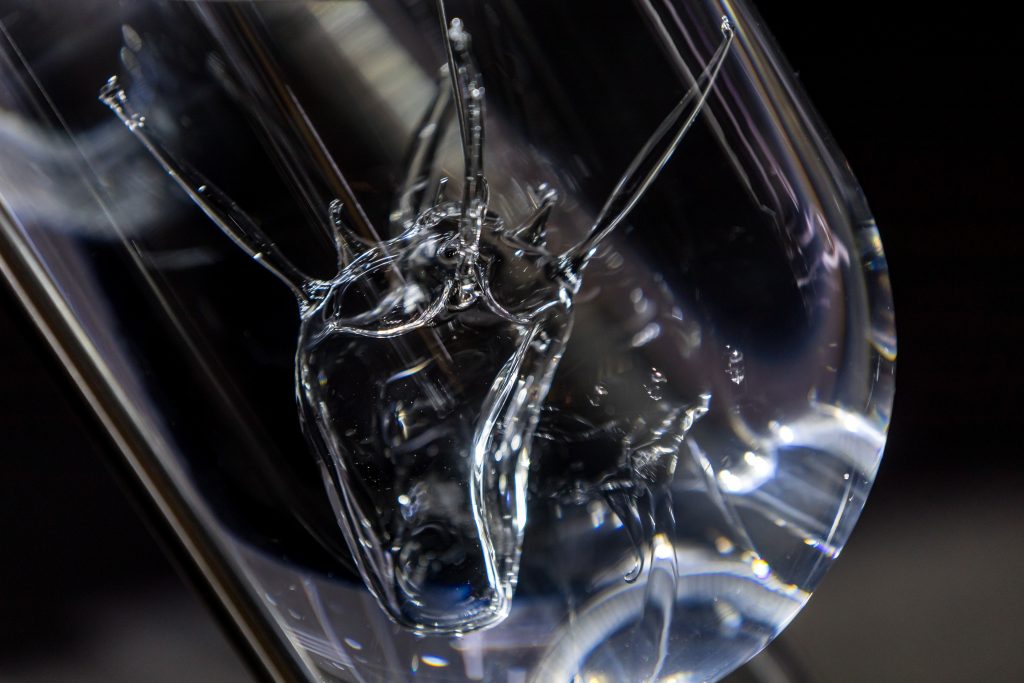
*The Zero Pollution Adriatic was commissioned by UR Institute within the framework of STARTS4Water, funded by S+T+ARTS, an initiative of the European Commission, launched under the Horizon 2020 research and innovation program.
The Zero Pollution Adriatic, includes:
– art installation Echinoidea future – Adriatic sensing by Robertina Šebjanič,
– technological innovation S.M.A.R.T Urchin by Marjan Žitnik, benthic chamber in situ by Robertina Šebjanič,
– workshops and a ZPA Social Innovation initiative developed by Robertina Šebjanič and Gjino Šutić & Filip Grgurević (Ur institute team)
“Echinoidea Future – Adriatic Sensing” explores the biogeological and morphological conditions impacting the sea urchin habitat. Anthropogenic liquid waste threatens their environment, leading to low oxygen levels in seawater. The study focuses on dissolved oxygen flux in coastal areas, revealing pollution’s profound impact on biodiversity. The ongoing dialogue prompts reflection on oceanic changes, transcending ecological concerns to address the geopolitical dimensions of the Adriatic coast.
Artist Robertina Šebjanič, supported by experts Tanja Minarik, Filip Grgurević, and Gjino Šutić, integrates art, technology, and science in this coastal exploration. Sea urchins, as pollution indicators, are vital herbivorous grazers influencing benthic communities. Experiments exposing them to stressors inform the creation of glassblown sculptures, visually representing microscopic research.
The art installation juxtaposes experimental setups with synchronised screens displaying three decades of environmental big data from the EU Copernicus platform. This data, transformed by artificial intelligence, illustrates the South Adriatic Sea’s ecological parameters (temperature, pH, oxygen, and salinity fluctuations).
The use of glassblown sculptures and the artistic representation of microscopic research aligns the cultural heritage in arts and craftsmanship. Experiments into the foreground enriches the artwork’s multi-dimensional narrative.
“Echinoidea Future – Adriatic Sensing” transcends its immediate focus on sea urchins to become a commentary on humanity’s impact on marine ecosystems. It serves as a catalyst for empathy, urging viewers to consider the interconnectedness of our actions with the underwater environment. This interdisciplinary project not only unveils ecological challenges but also emphasizes the need for collective responsibility in preserving the delicate balance of our oceans.
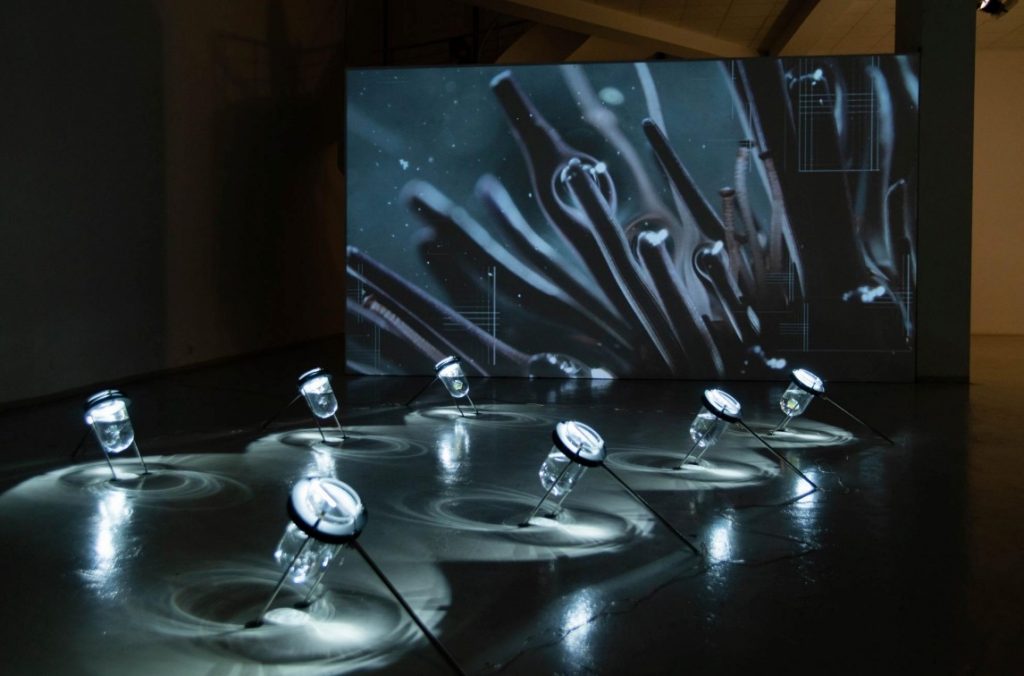
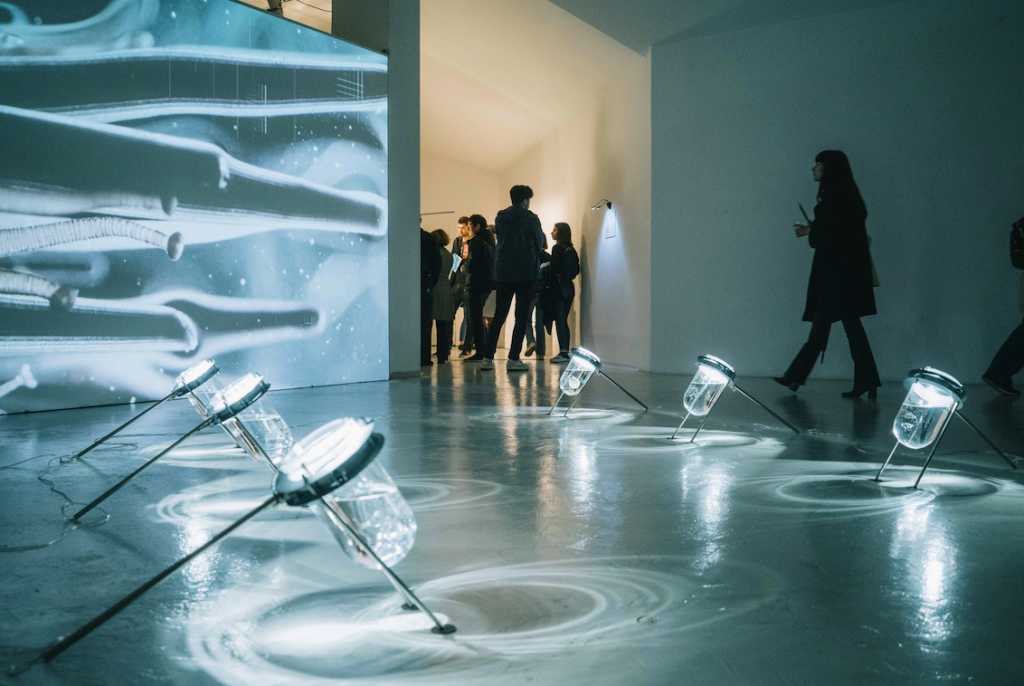
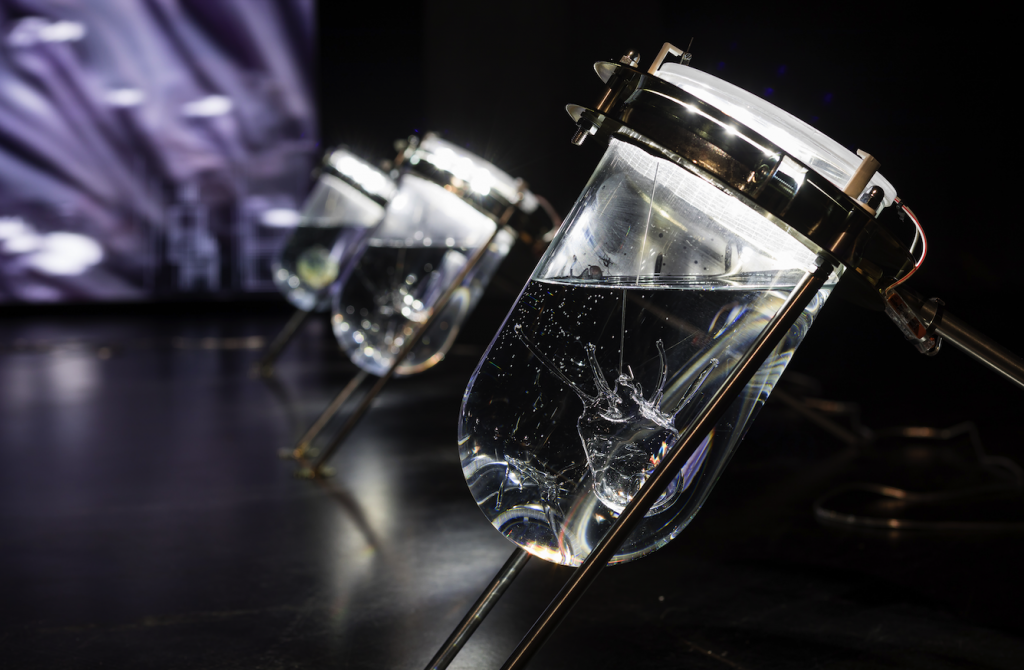
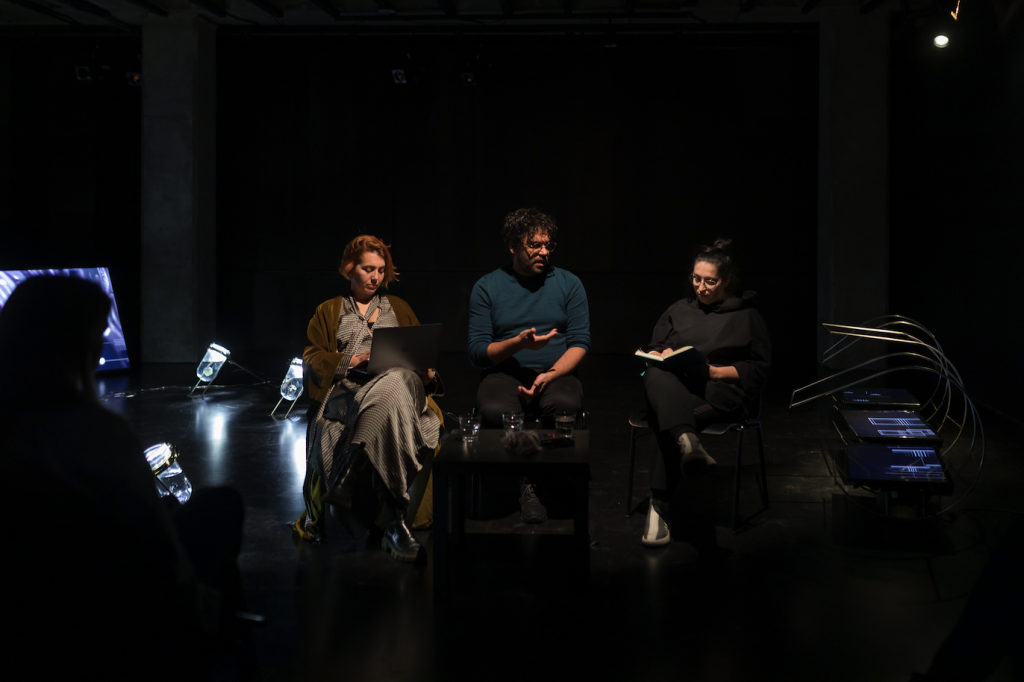
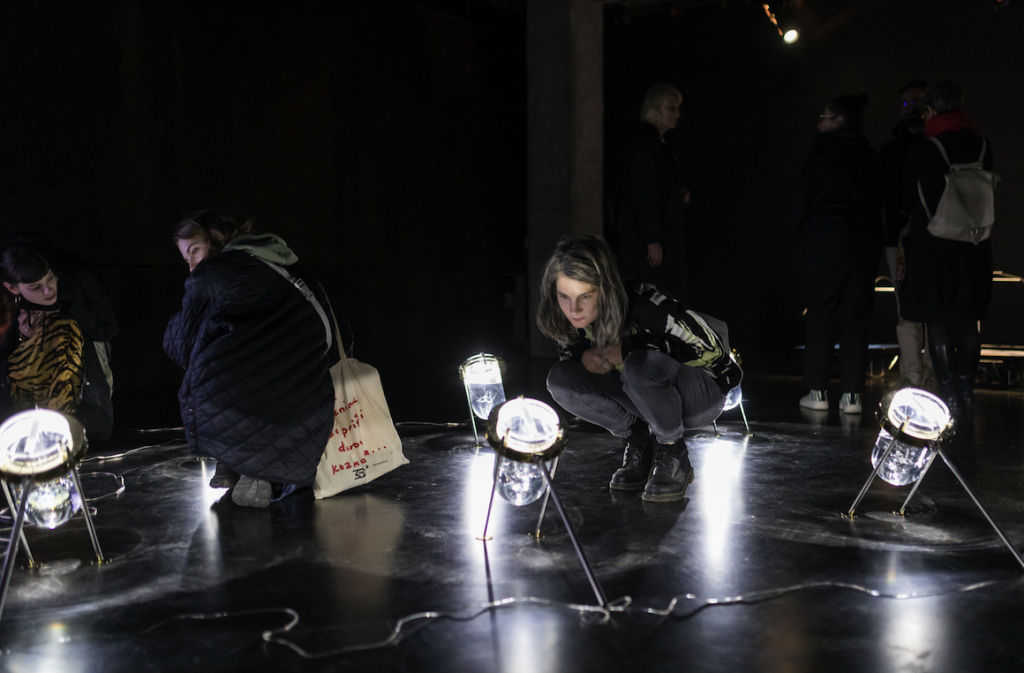
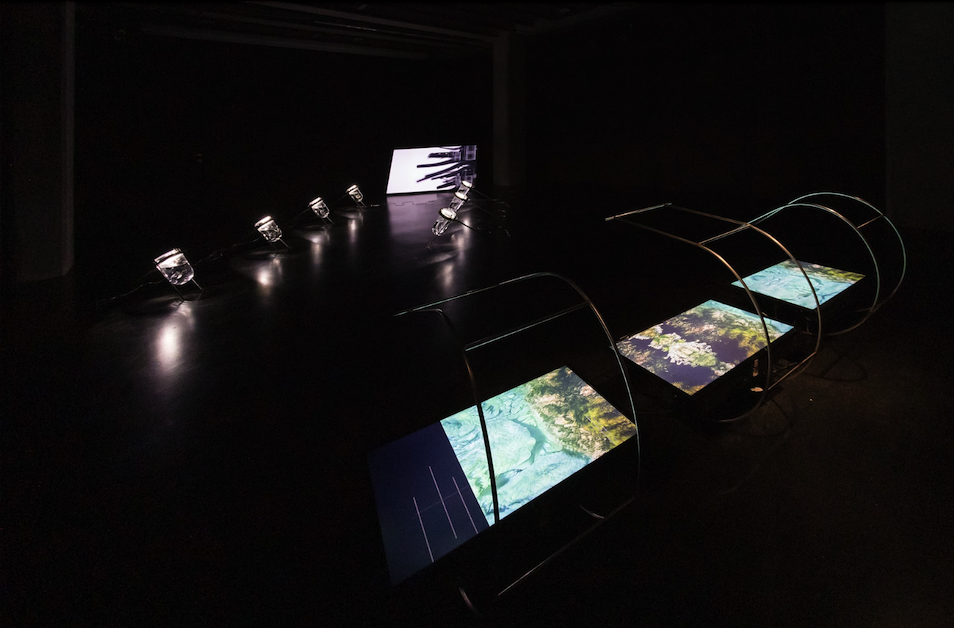
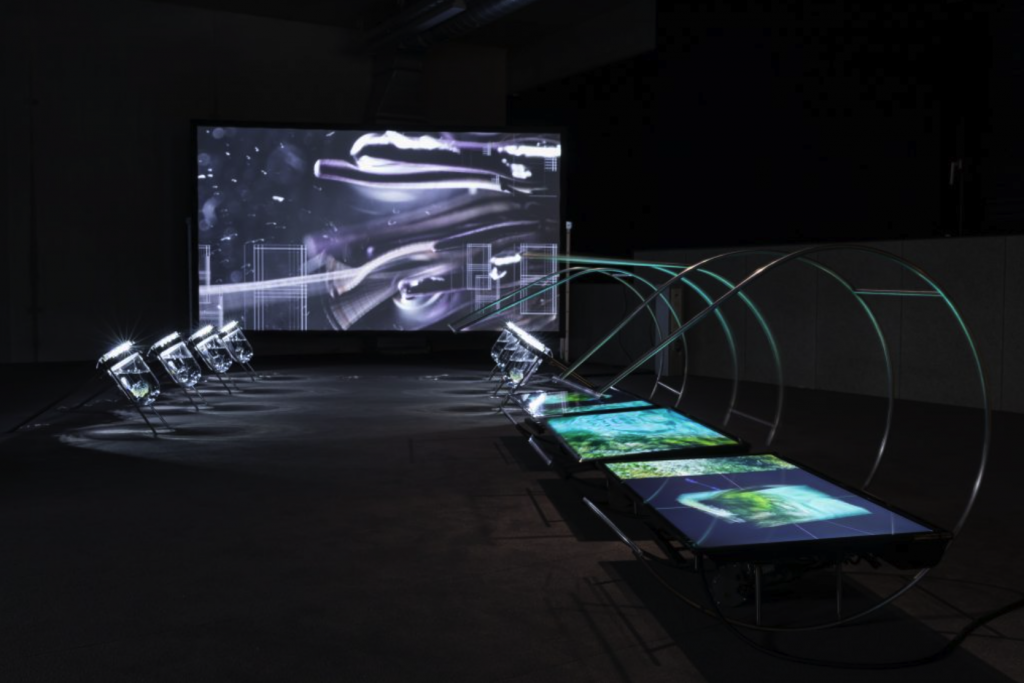
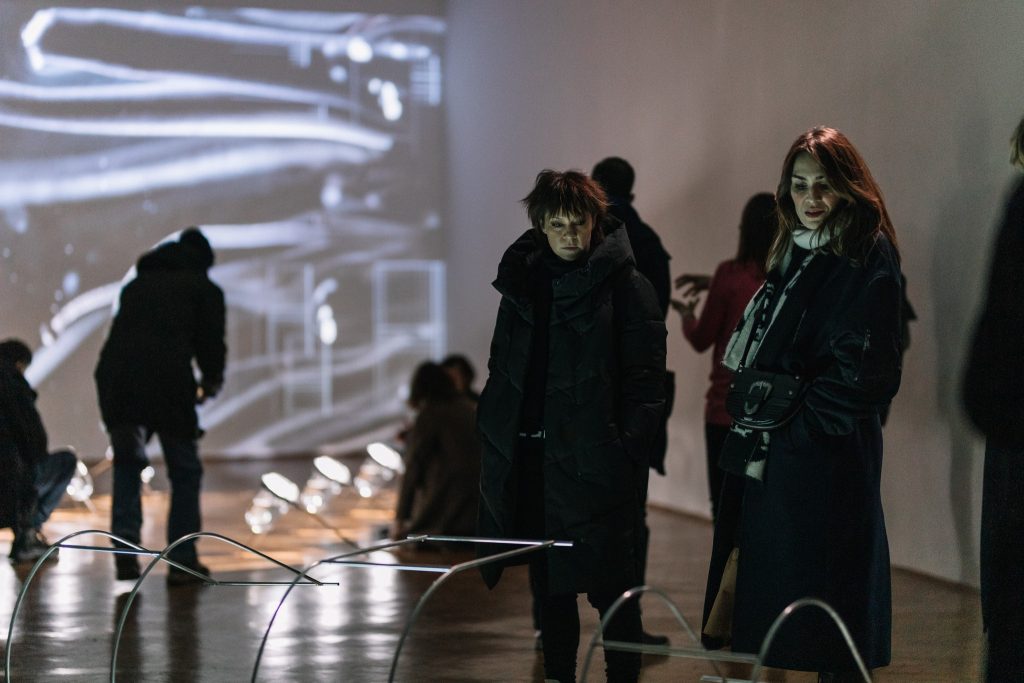
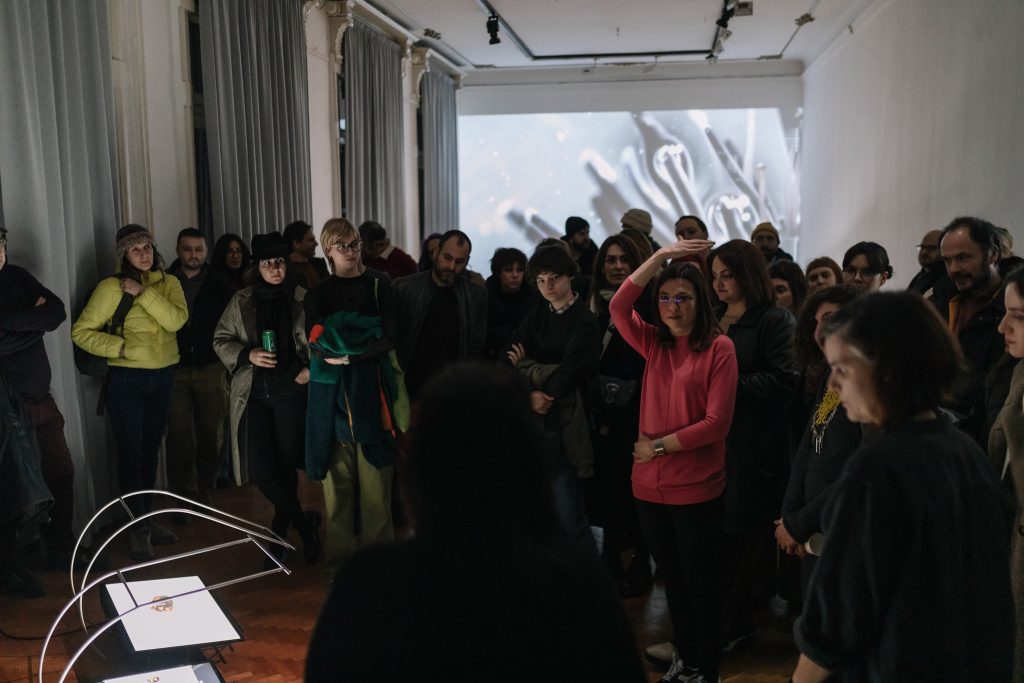
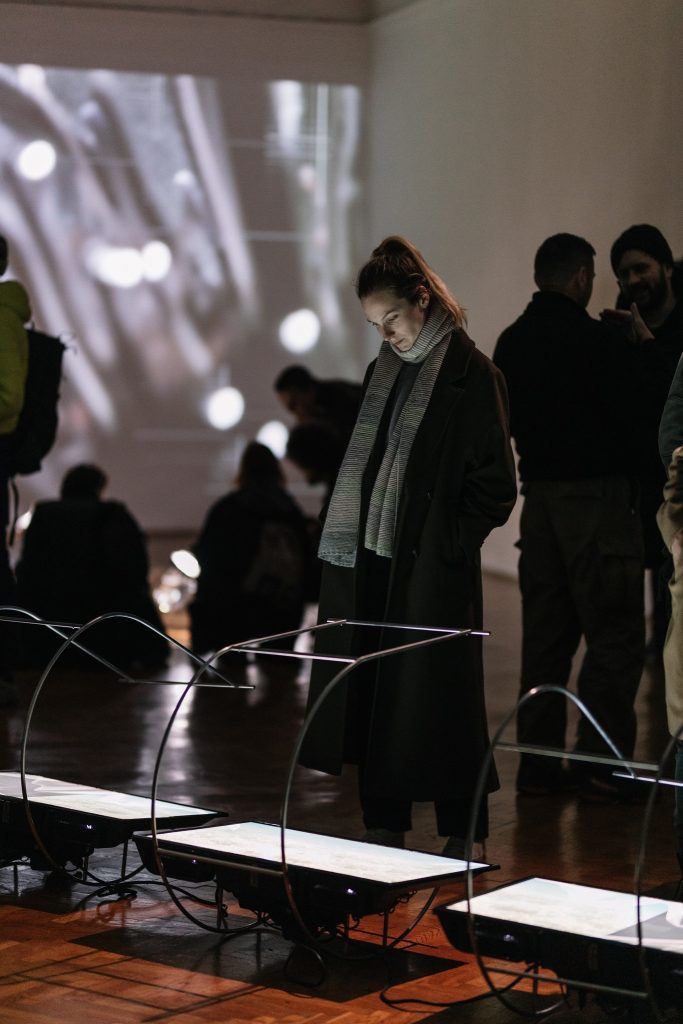
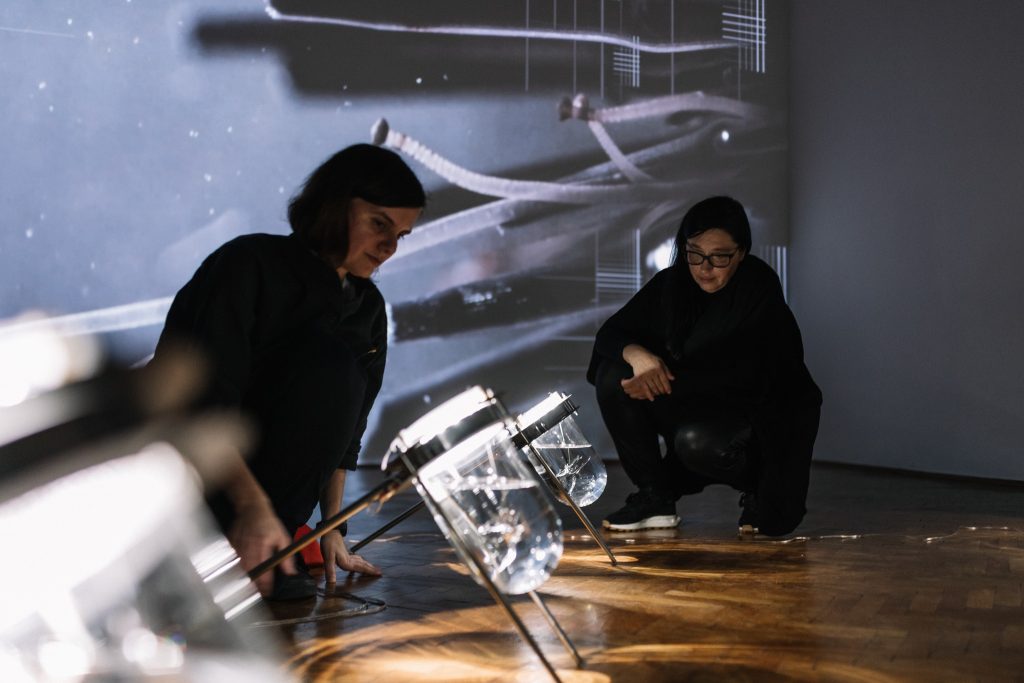
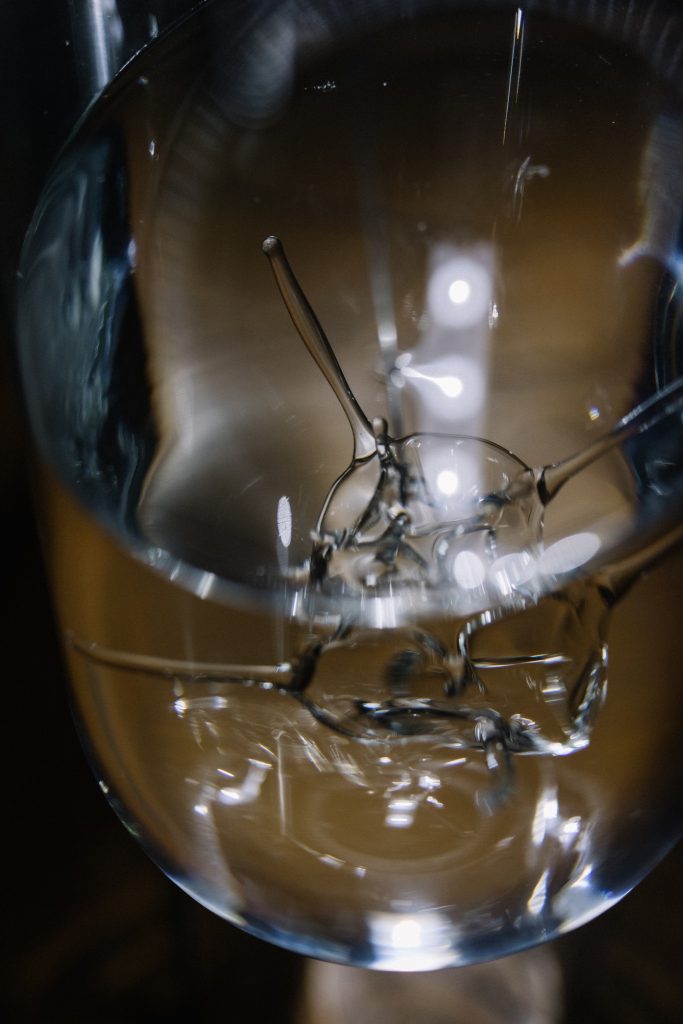
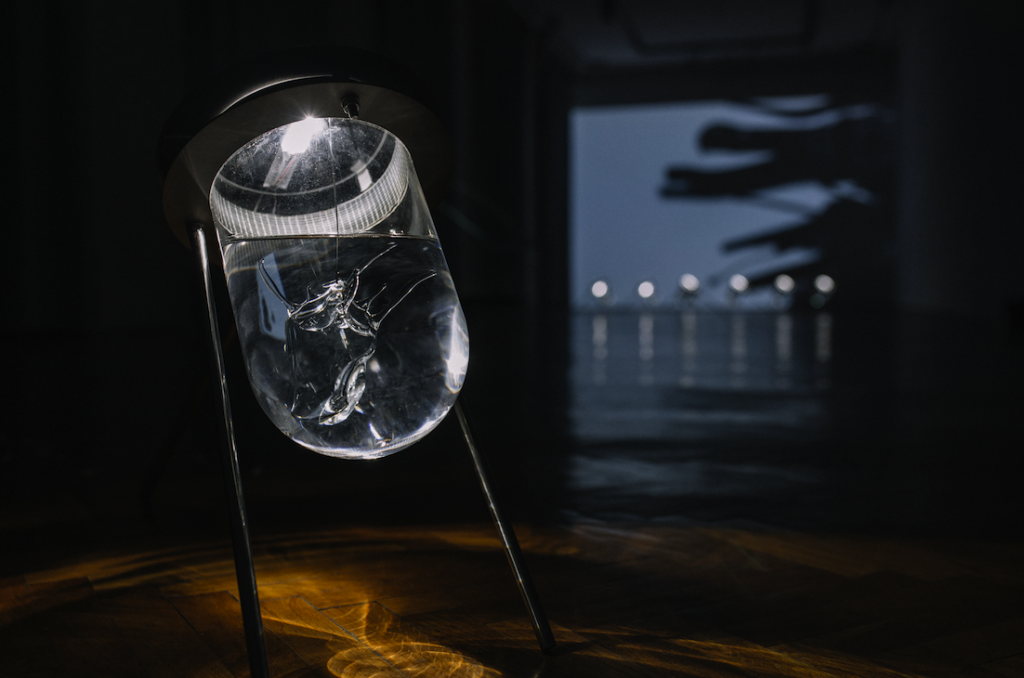
Photos from the research/residency STARST4Water ZeroPollutionAdriatic, photos by Tanja Minarik, Robertina Šebjanič